Transforming Building Operations with New Self-Correcting Controls Technology
Contact us

They must be integrated with a growing ecosystem of distributed energy resources and dynamically coordinated with electricity supplied by an evolving grid, and operate affordably and efficiently, all while also maintaining suitable conditions for occupants. We have technology to identify operational problems, but not have enough people power to fix them. And while we have best practice control strategies, it is expensive and time consuming to reprogram our existing fleet of building automation systems (BAS).
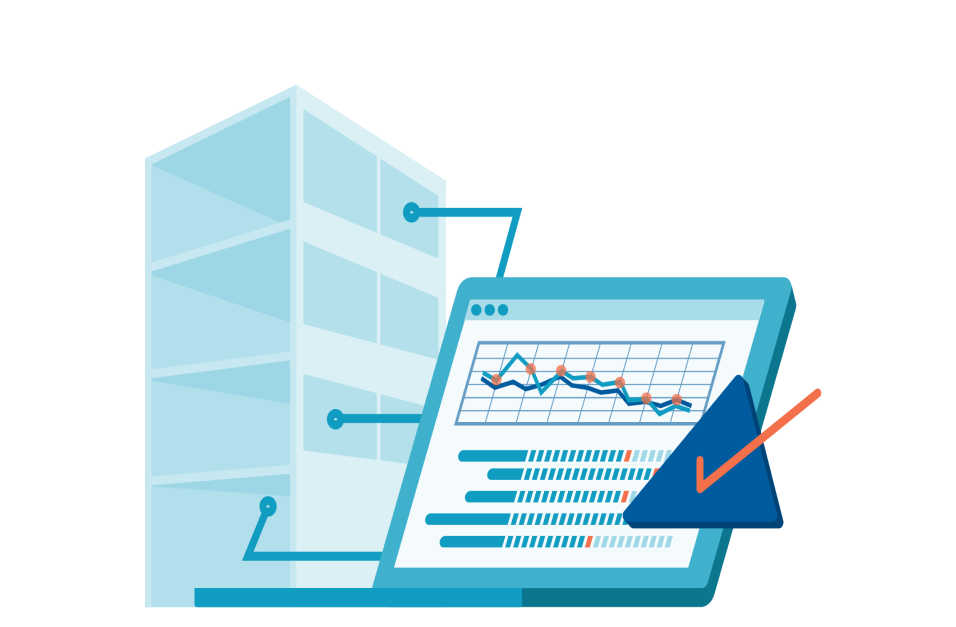
Leapfrogging the status quo, the U.S. Department of Energy and Berkeley Lab have joined forces with the smart buildings industry to deliver leading-edge technology to automatically find and correct controls problems, optimize efficiency, and implement demand flexibility. These capabilities empower users to maximize the value of their building automation system infrastructure.

Equipment faults and control problems drive up energy bills - to the tune of $17 billion and 90 million metric tons of CO2 equivalent annually. These problems compromise occupant comfort and productivity, as well as equipment life, and make it difficult to coordinate building power use with an evolving energy grid.
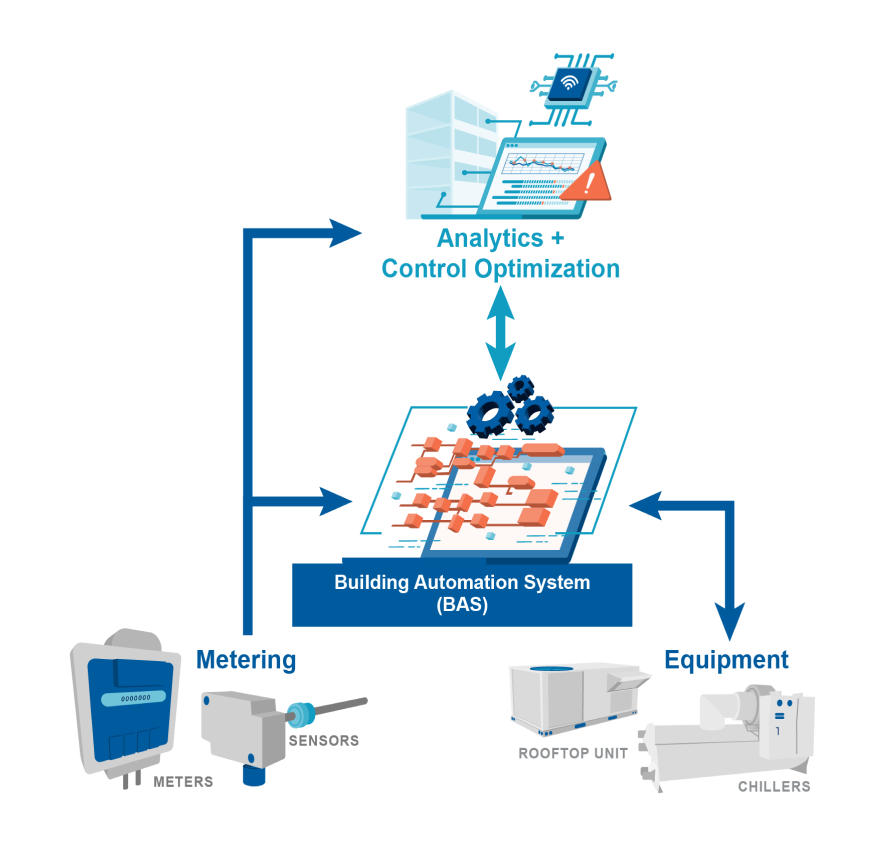
Energy management and information systems are already saving owners millions of dollars per year in their buildings, with less than two-year paybacks. In partnership with Berkeley Lab researchers, a network of industry partners is enhancing their platforms with capabilities spanning fault correction, optimal sequences of operation, automated commissioning with root cause failure identification, and best practice demand flexibility.











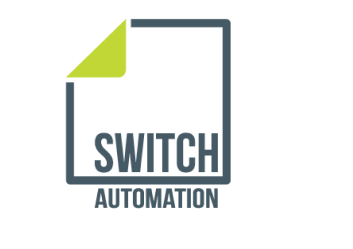

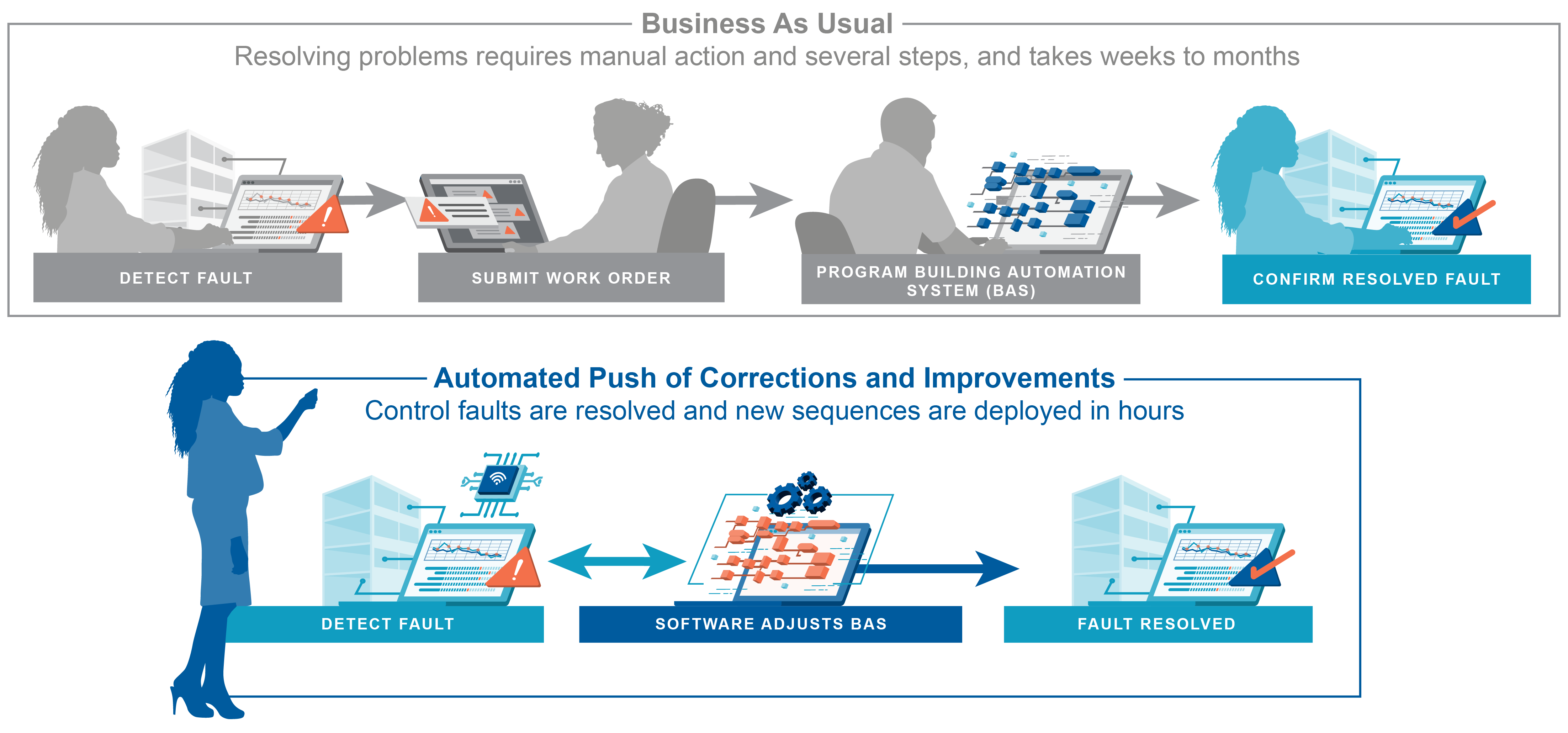
“The work that Berkeley Lab is doing to promote automated commissioning will change the game for building energy management and operations. It is a big next step in the evolution of smart buildings: fixing control problems with the push of a button, locking in savings, and directing staff time to where it’s most needed.”
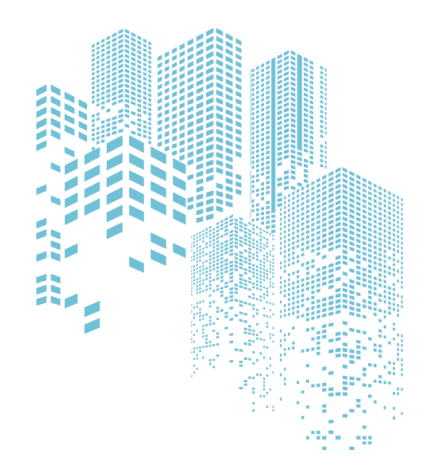
Building owners: Please contact us to learn more about how to acquire and use these technologies.
Software providers: Please contact us for assistance to incorporate these open-source corrective solutions into your products, and to extend the current library.
Contact usWe have developed solutions to automatically resolve the most common building controls problems, and deploy the most impactful best practices. These new technology capabilities are applicable to smaller buildings with packaged heating ventilation and air-conditioning (HVAC) systems, as well as large buildings with built-up systems.
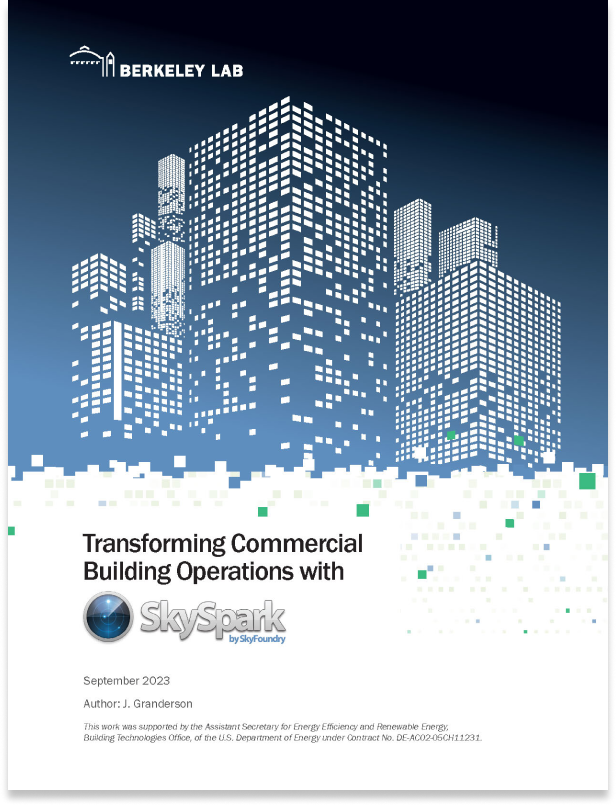
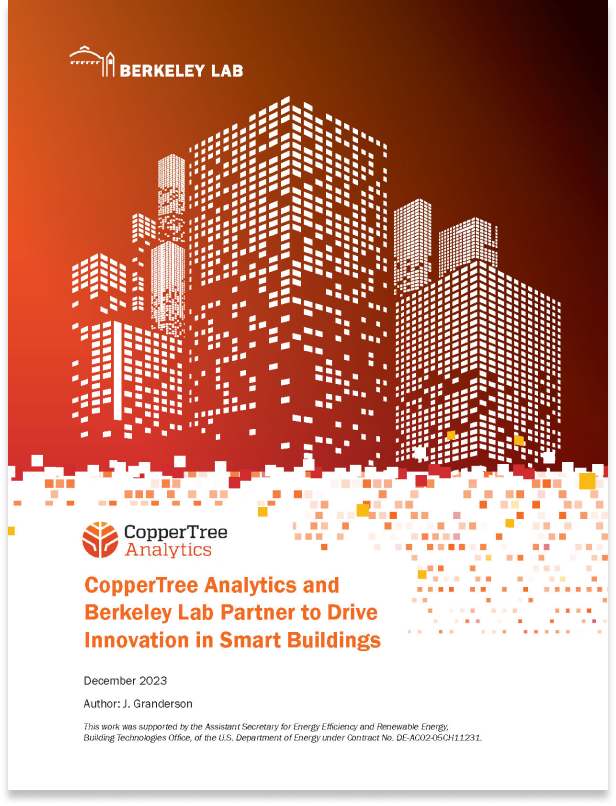
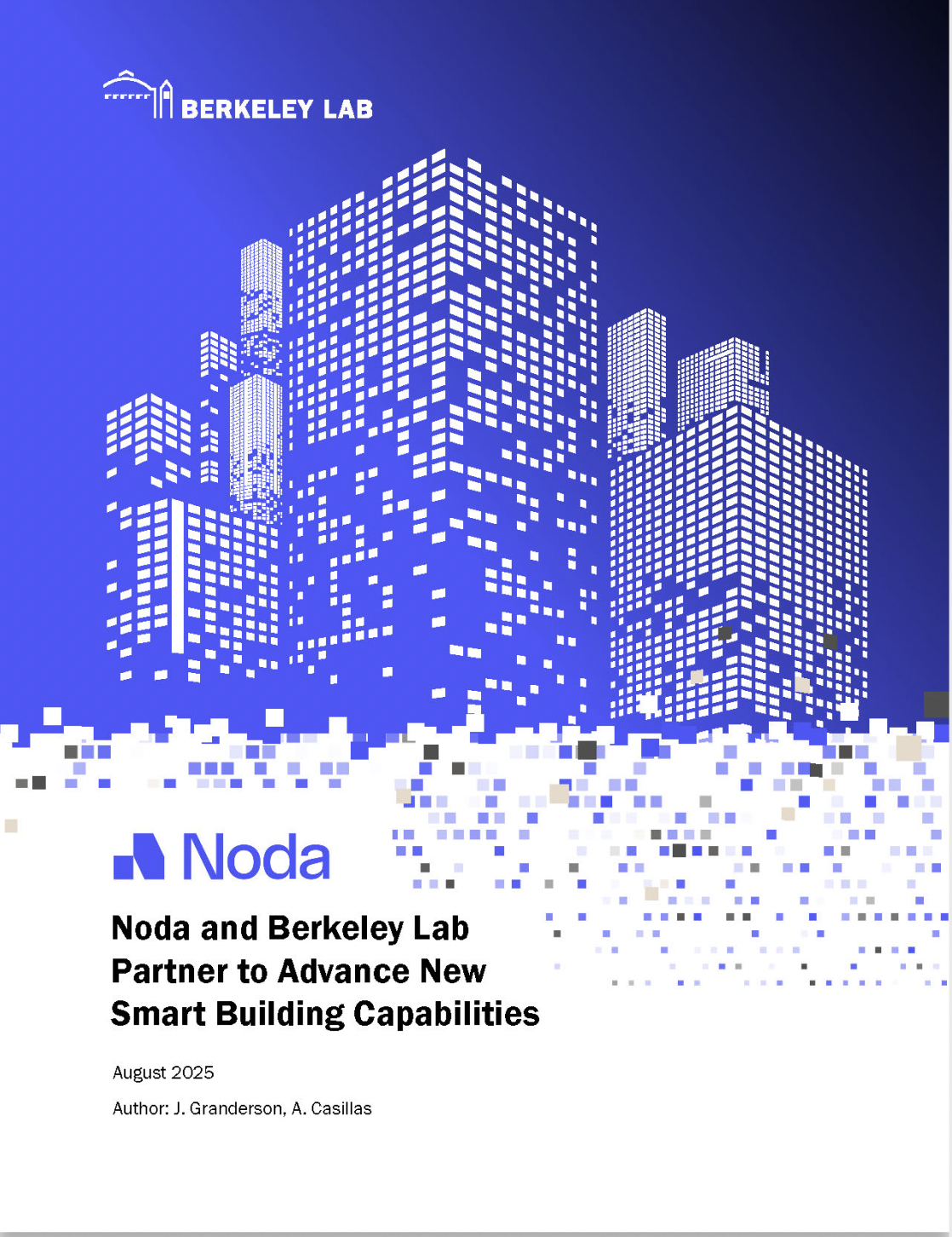
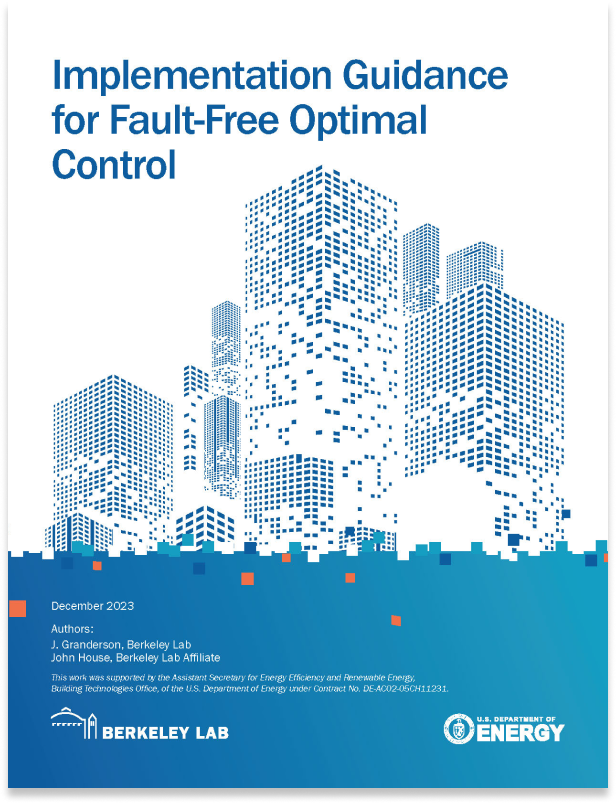
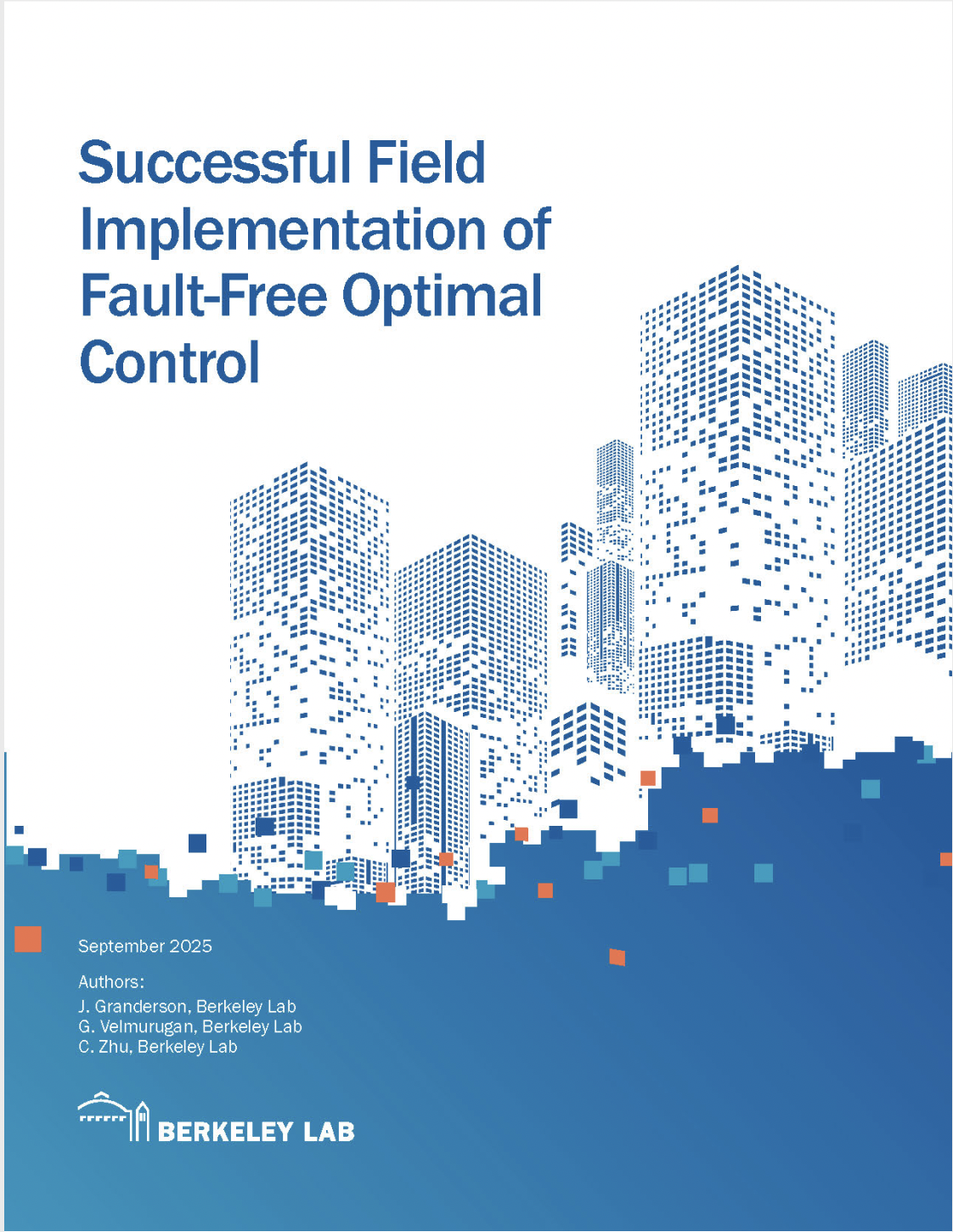
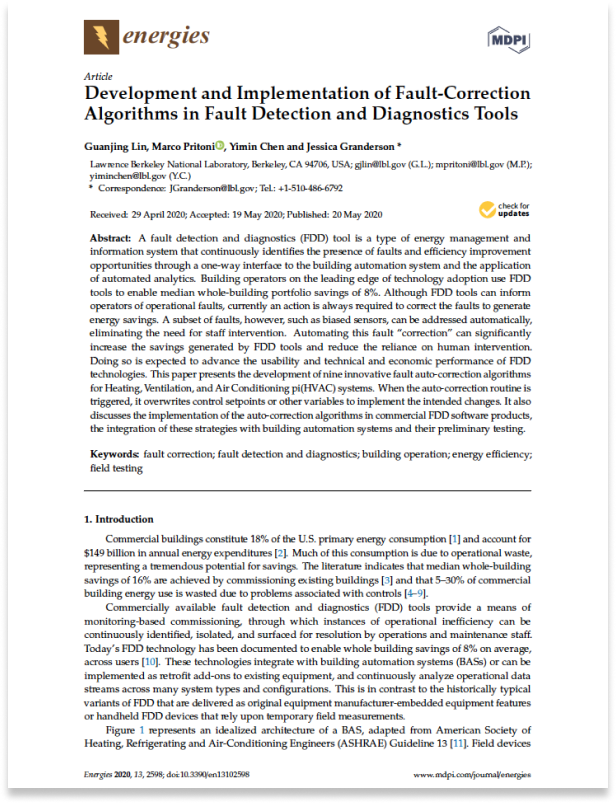
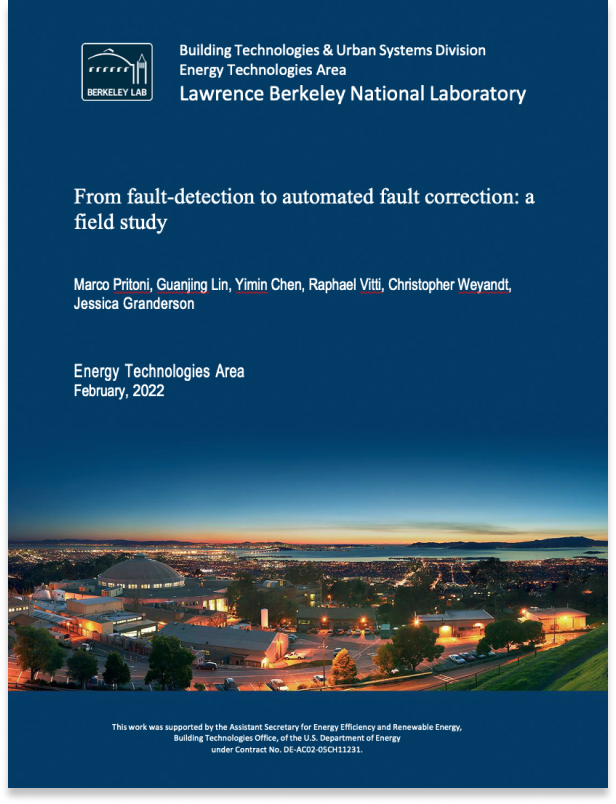
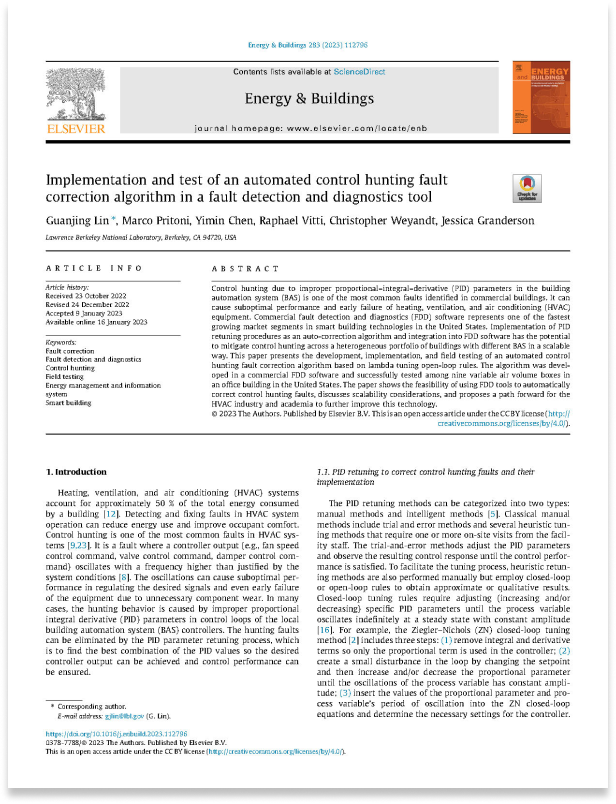
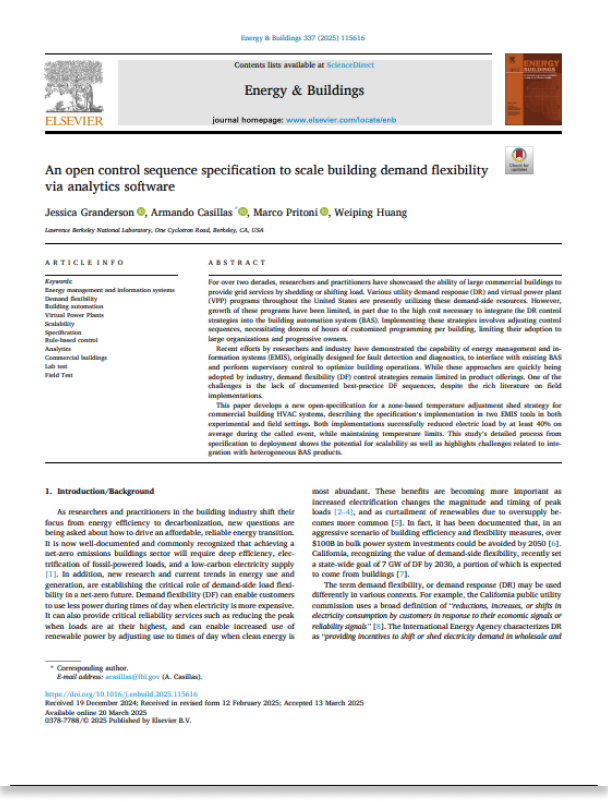
In addition to the algorithm specifications provided in the above publications, we have released open-source Haxall/Axon reference code to assist SkySpark users in implementing a subset of the fault-free optimal control strategies.
Access the CodeBerkeley Lab is excited to continue bringing these capabilities to our nation’s buildings.
Building owners: Please contact us to learn more about how to acquire and use these technologies.
Software providers: Please contact us for assistance to incorporate these open-source corrective solutions into your products, and to extend the current library.
Jessica Granderson
Director, Building Technology and Urban Systems Division, Lawrence Berkeley National Laboratory